Customer experience in retail starts with the shop window: advice, mistakes and future trends
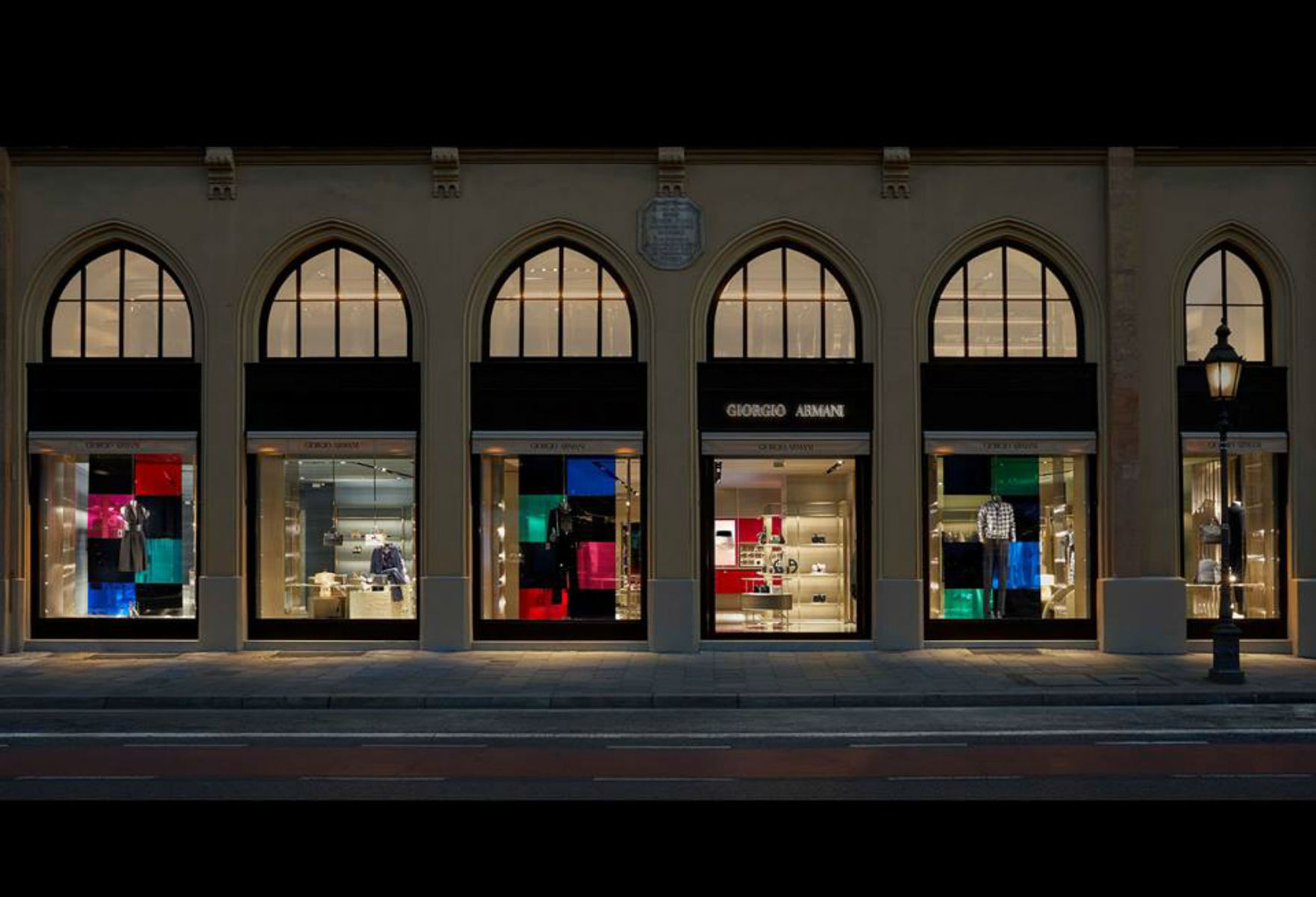
We previously spoke about how customer experience is influenced by retail design, or rather by the planning and strategic use of physical and digital space in the store. In this article we will look at another very important topic: the store window.
The main purpose of a store window is to attract the attention of passers-by to the extent that they want to enter the store. Its aim must be to immediately communicate the brand's values in order to attract the attention of potential customers who could possibly be a part of the target.
Contents
- How do you create a store window that can attract the attention of potential customers?
- Designing a store window: which errors should you avoid?
- What does the future look like for store windows?
- Conclusions
How do you create a store window that can attract the attention of potential customers?
Below are the key points to take into consideration to create a store window that can attract its target:
# 1. TYPE OF STORE
Why does the type of store affect how the store window is structured?
Because the window is designed differently depending on the store’s characteristics; let's take a look at three examples:
- Flagship store
The space in a flagship store must relay the brand's values and personality. The entire flagship store usually acquires a promotional purpose. - Stores in shopping malls
In this context, it is necessary to differentiate yourself from the other brands found in the mall. Store windows in shopping malls are therefore designed to be closed areas where the most sought-after, original and eye-catching items are used. In this case, the main purpose of the store window is to protect brand identity and be more of an identifier. - Retail in historical town centres
This environment can be more complicated than the ones named above as it also requires all regulations on historical building conservation to be taken into consideration. That is why new types of materials are generally not used.
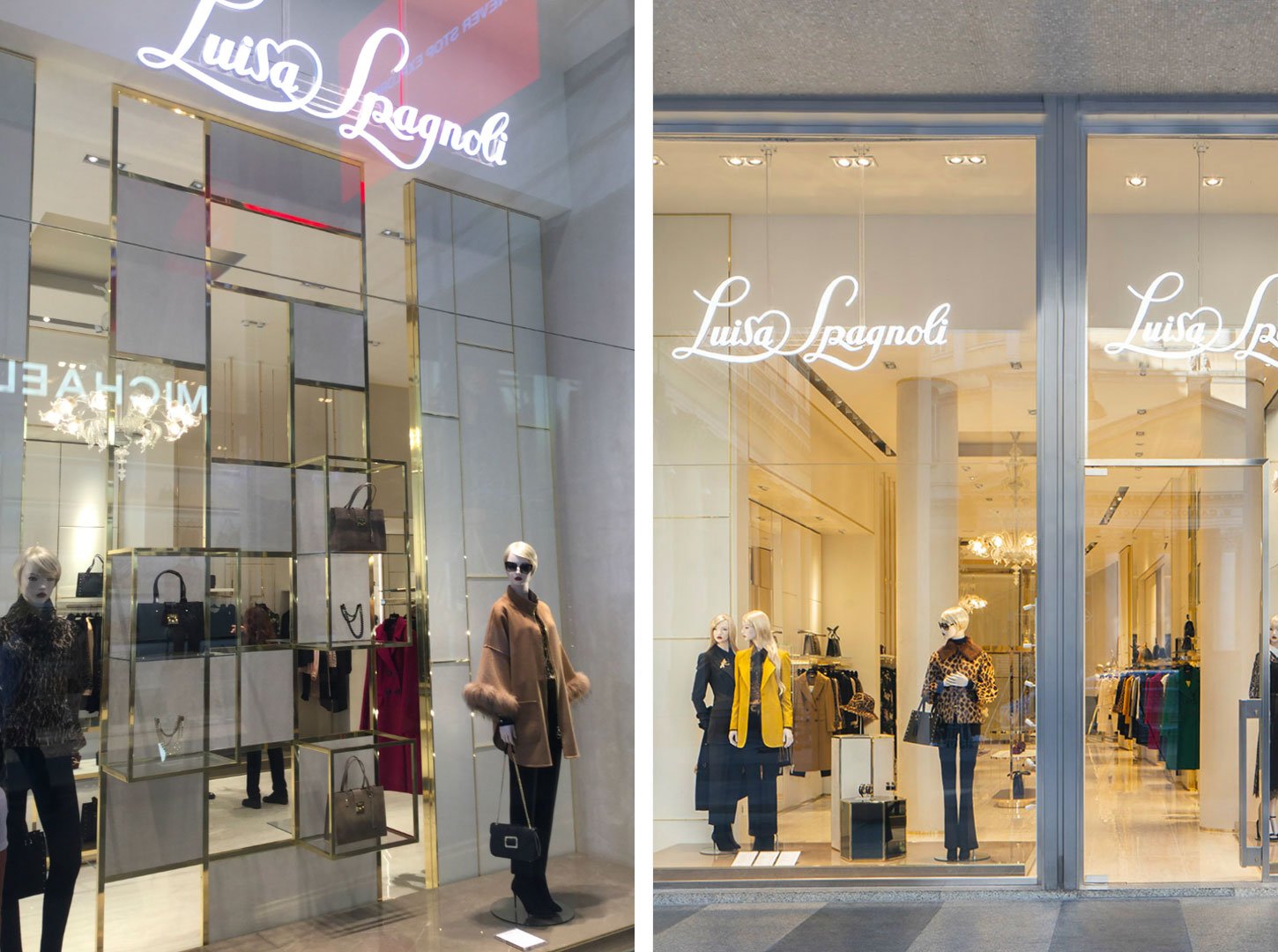
#2. “LESS IS MORE”
The key words are: simplicity, originality and coordination.
A store window that is overfull does not catch the customer's eye as it is not the beauty of the products that attracts people. Focus must be placed on how to display just a few products, how to frame them and direct attention onto them.
Create a topic, include a setting, or physical elements that will attract customers.
Products placed in store windows are often the ones that are top sellers, so we recommend displaying complete accessory looks that know how to enhance the product.
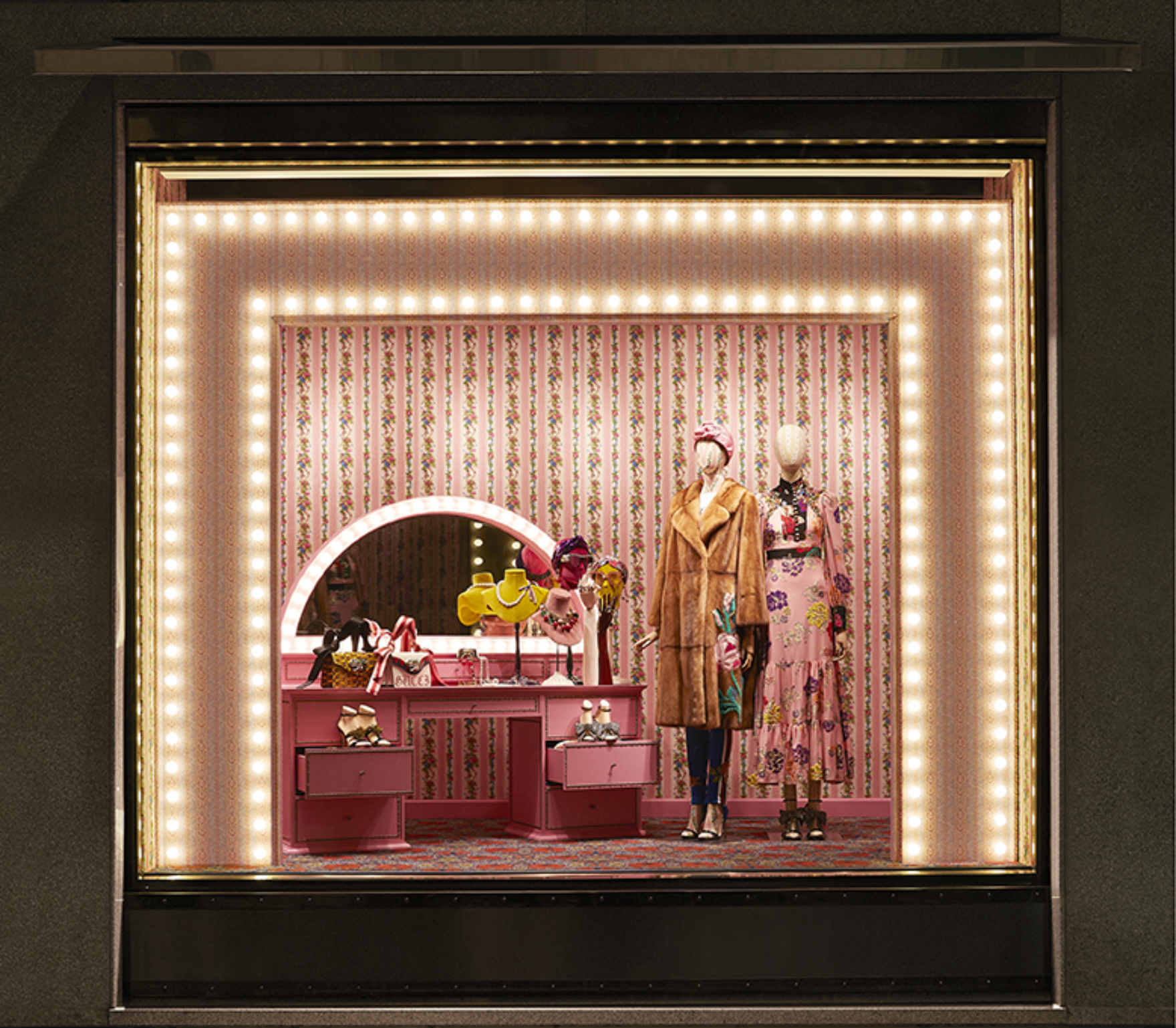
#3. CONSISTENCY
The store window must be consistent with how products are physically arranged inside the store.
The window can be divided by colour, brand, style or use the classic division system of men, women and children. However, you must remember that this type of division must also be offered inside the store, so as to facilitate customer recognition.
Lastly, window dressing that goes on inside the store window must increasingly mirror the shop furnishings and fittings!
#4. COLOUR
Colour is the first element that the human mind recognises, followed by shapes, numbers and words.
That is why colour, and especially contrasts, attract the human instinct. It is therefore an important element in attracting the attention of passers-by. There are many variants to the combination of colours. Let's take a look at the main ones:
- Monochrome: this consists of the use of a single colour inside the store window. This choice is very effective in terms of impact; for example, it is possible to highlight an on-trend colour or choose a colour associated with a given event or period of time.
- Dichromatic: only two colours are used, creating a balance between them or a contrast, with the aim of attracting potential customers’ attention.
- Triadic: three colours are used that can be perfectly balanced, or with one colour having the purpose of exalting the others.
- Multicolour: in recent years, visual merchandisers have been trying to make store windows more cutting-edge, giving off the apparent impression that the displayed products have nothing in common, to make it as natural as possible. This technique without the right skills and expertise can actually cause the opposite effect to the desired one, i.e.: confusion.
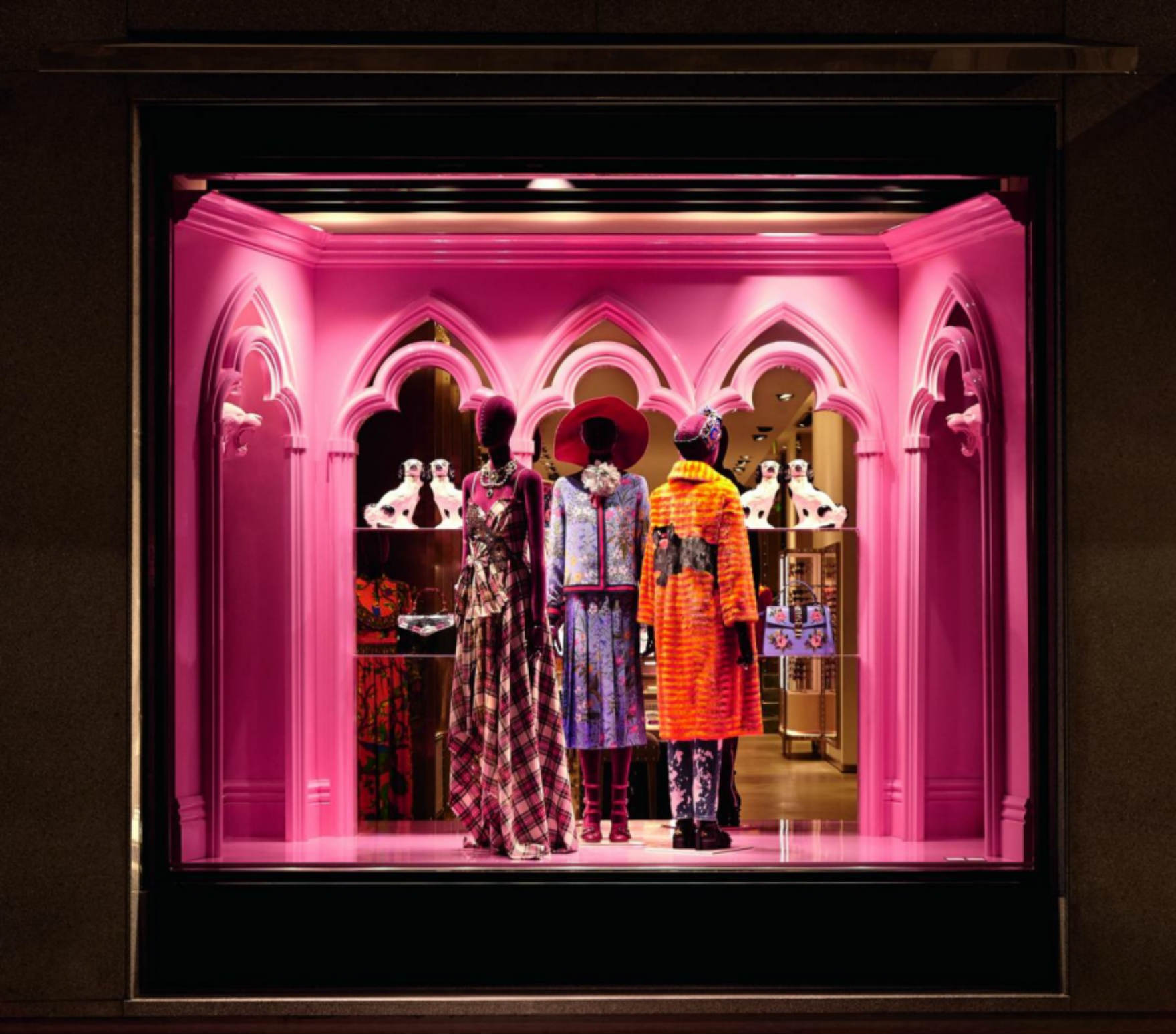
# 5. LIGHTING
Lighting and colour greatly influence the success of attracting a passer-by's attention.
This is why it is essential to design the light in the store window. Contrary to what we think, more lighting is needed during the day, to combat the light and reflections hailing from the outside.
The intensity of light in a store window also depends highly on the colours of the products being displayed and the textiles they are made from.
For example, darker colours absorb light more, while lighter colours can reflect it. It is therefore necessary to bear these elements in mind to avoid creating difficulties in product perception for those passing by.
If we consider how often store windows are changed, it is hard for a store to continuously change the type and intensity of lighting, and that is why we recommend installing a track system with lights that can be directed and thus adapt to every situation.
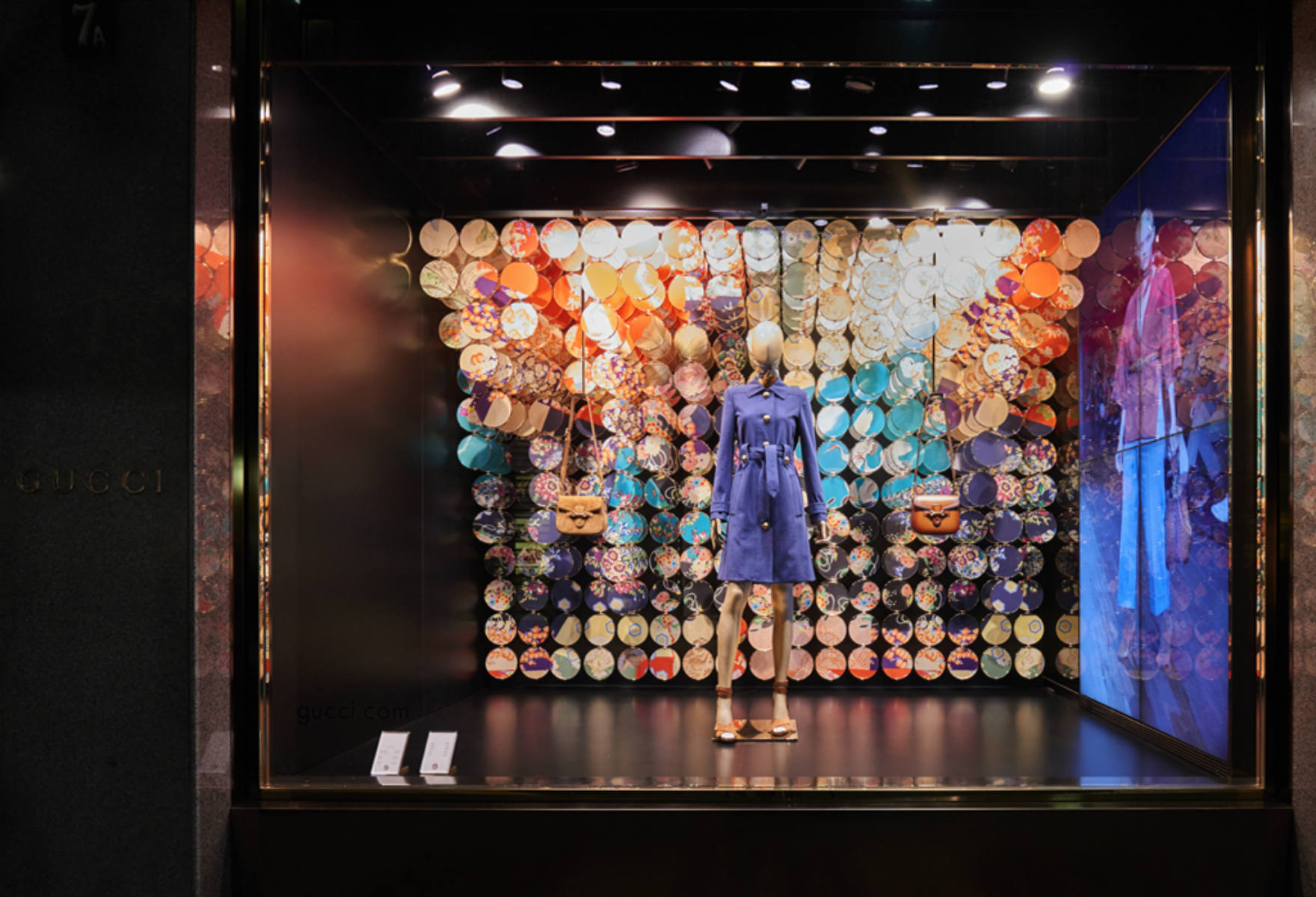
#6. FOCUS POINT
Knowing the focus point is essential as it is the point where the passer-by’s subconscious is mainly concentrated.
It usually corresponds to the central part of the store window and is placed at a height of 1.5 metres and has a visual diameter of approximately 0.80 - 1 metre. Once the focus point has been identified, the product that most represents the brand identity in that position.
At this point, the store window is designed by following the image below that shows the positions where the human eye focuses.
All this allows for successful store windows that can attract the attention of passers-by.

#7. DIFFERENTIATION
Differentiate yourself from the others.
Place the most sought-after and least diffused products in the store window, brands that other stores don't sell, products, colours and materials that are ahead of trends.
#8. “THE RULE OF 3”
Arrange products clearly and symmetrically!
Visual merchandisers follow the rule of 3.
What does it mean?
When looking at images that are unclear and asymmetric, the human mind tends to be more distracted. We must therefore position the products on show by following the patterns divided into 3 parts that retain the customer's attention.

Designing a store window: which errors should you avoid?
At this point, let’s take a look at the mistakes to avoid when designing a store window:
A. NOT SHOWING PRICES
Not showing prices is not only an illegal practice, but it is one that is also generally perceived to be negative by the customer. The consumer wants to know how much a product on show will cost.
Having an attractive, innovative, original, on-trend product in the window is pointless if its price is not shown next to it.
Why?
Because at this point, the consumer will ask themselves if they want to enter the store or not. If the consumer decides not to enter because they are embarrassed to ask for more information or doesn't have enough time, the shop loses a potential customer.
Be clear and show the prices of products on display.
B. SHOWING SOLD OUT PRODUCT
Managing to attract the customer's attention is extremely difficult. If the customer has honed in on a given product, also checked the price and decided to enter, it means they are interested in buying.
If they then learn from the shop assistant that the product is no longer available, they will not only be disappointed, but also surprised by the fact that the sold-out product is placed front and centre to attract the attention of passers-by.
This is why displaying sold-out products is a serious action that can damage brand identity, as the customers may think that they are being encouraged to enter under false pretences.
The store window must be designed while taking the target into consideration in order to attract the passer-by and convert them to a customer interested in making a purchase. The store window is not just a design space to use to showcase your own creativity, but must be a type of communication addressed at your own reference target, according to type of product, quality and price bracket.
C. NOT LEAVING SPACE
Leaving space between one product and another allows products to be seen and facilitates a potential customer's photographic memory.
The window must not be chaotic or untidy.
D. NOT PUTTING KEY ITEMS IN THE SPOTLIGHT
When creating the store window display, we must identify a layout that highlights some products. The products to focus one must be displayed in particular strategic positions that can attract the consumer’s attention.
Play with backgrounds, colours and lighting to highlight these products!
E. NOT UPDATING THE STORE WINDOW
Not regularly updating the store window is one of the most common errors that shop assistants make.
Consumers need new things to look at: new colours, new themes, new layouts, new items. If not updated regularly and suitably, the passer-by risks soon becoming bored with the store window, as it doesn't give them the right stimulus to enter the shop.
This is why updating shop windows on a regular basis helps to attract the customer's attention, as it communicates a positive image of the store.
F. NOT CHOOSING A THEME
A shop window has to have a theme to attract the customer’s attention!
Why?
Because being creative, original and not repeating elements attracts customers’ attention. The store window theme can be connected with given periods or marketing and communication strategies that the brand has adopted.
The window can contribute to creating brand identity, and is a business card that the store provides for the passer-by and that is the reason why it must be consistent with the store's interior design.
So far, we have tried to create an overview to try and understand what elements must be considered while creating a store window and which errors must be avoided as they can make us lose a potential purchaser.
We will now look at how technology has allowed us to attract the passer-by by stimulating interaction.
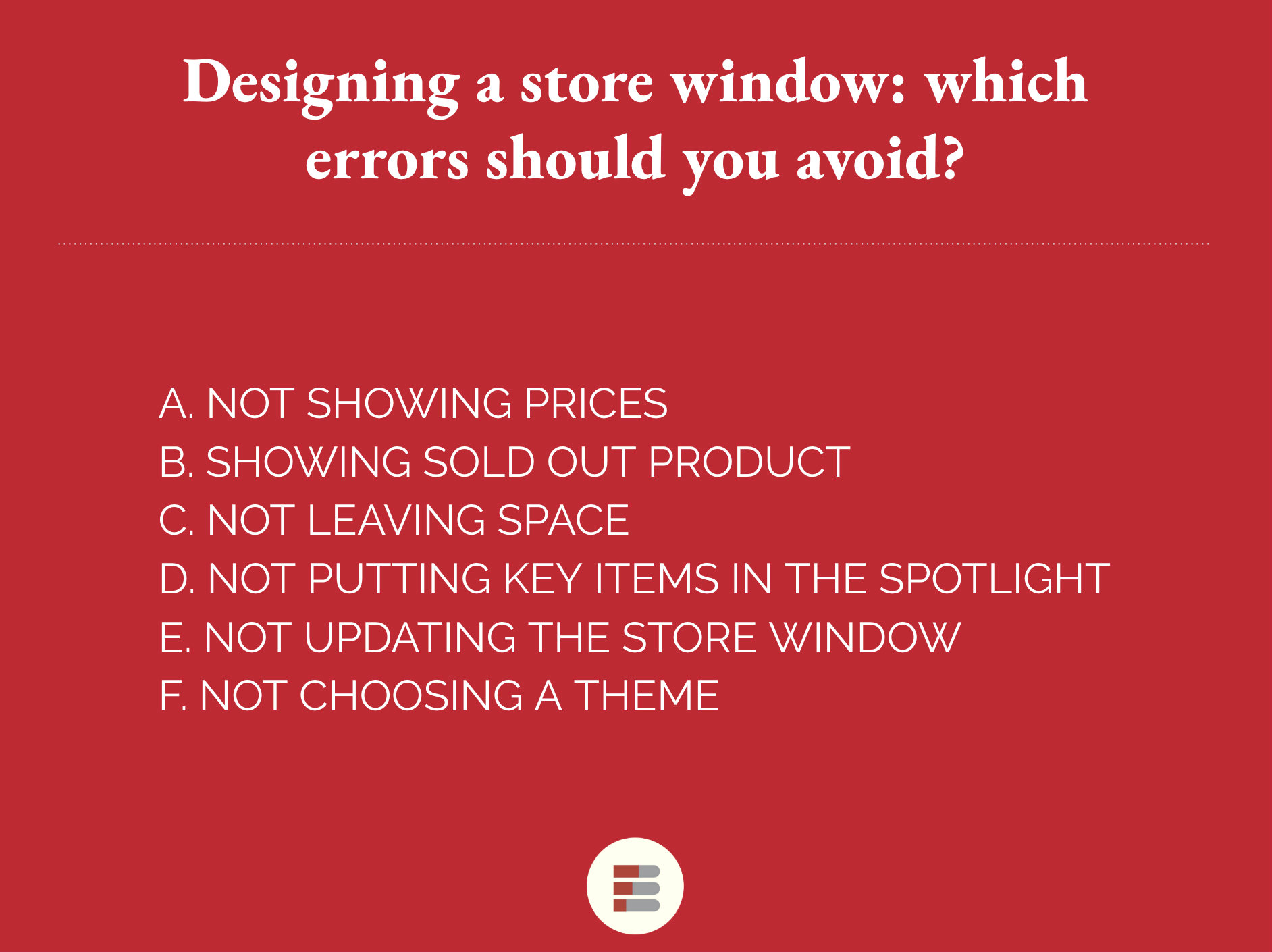
What does the future look like for store windows?
With the aim of making customer experience as unique and emotional as possible, brands are beginning to use interactive windows, using new technologies and augmented reality.
The latter may be extremely useful in attracting the attention of passers-by, by persuading them to enter the store and thus converting them into potential customers.
Using an interactive store window brings with it several advantages but, above all, is a new, fun way of interacting.
This new way makes the store attractive to consumers who have tended in recent years to turn more and more to e-commerce rather than physical stores.
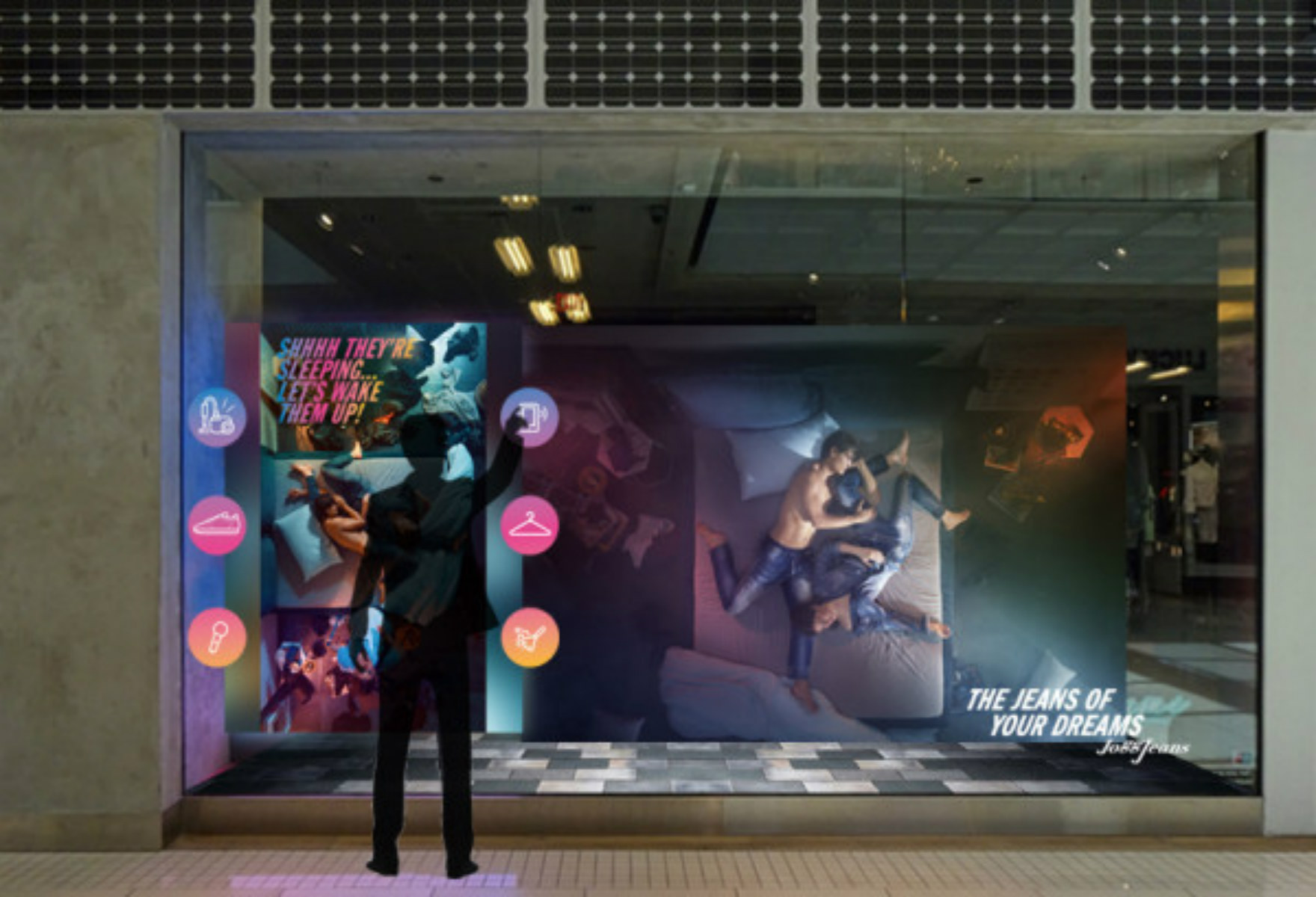
Interactive store windows have been used by several brands.
As we will see in the video, Louis Vuitton, Hugo Boss, Sephora, Ray-Ban, Dior have used this tool, not just outside the store, but inside too.
For example, Louis Vuitton created store windows in Tokyo that had a circus theme, thanks to which it developed a treasure hunt: the animals found on the store windows turned into three-dimensional images on the smartphone display. Customers were sent messages and this game then continued inside the shop. The passer-by was in this way involved in an emotional experience.
Ray-Ban created a display where customers could enter their own face and select several glasses to have a direct view of which would suit them more.
Sephora created a fun, interactive store window for passers-by at Christmas time.
+rehabstudio created a store window that could connect directly with the passer-by's smartphone and understand their tastes, so that the items that matched their preferences were then projected directly onto the store window and the passer-by could then buy everything with just a few simple steps.
In their stores in Toronto and Vancouver, Starbucks installed interactive displays in their windows that allowed passers-by to interact with the “Tazo World”, a new exotic line of tea sold in the stores. This interaction allowed them to receive information, try out the ingredients and combinations or receive advice on tasting.
These are just some of the brands that are starting to adopt new technology to improve customer interaction, establishing an emotional bond in order to develop customer experience right from the store window.
The future of the store window does not solely involve using technologies and augmented reality.
There is much more too. Store windows are actually becoming increasingly eco-sustainable, adapting themselves to a topic that has been at the centre of worldwide discussions and a focus for the media in recent months.
According to a sector study, consumers also choose brands depending on the causes they support, especially environmentally-related ones. Windows are therefore adapting to this topic by creatively using eco-friendly materials, helping to make popularise more sustainable solutions and increase awareness among the population by spreading the message.
Another trend that has recently crowded stores and windows is vintage. We are, in fact, witnessing a return of the 80s and 90s in the colours, fabrics and styles that can conjure up emotional memories among people, thus attracting their attention and interest.
To conclude
In conclusion, we can state that store windows are essential tools that store owners use to catch the passer-by's eye and it is therefore important to consider all the elements above to avoid making mistakes and losing potential customers.
With the development of new technologies and augmented reality, store owners are beginning to use interactive displays in their store winders, so that they can interact with the customers and attract their attention.
Store windows are a powerful tool that can be used to increase the number of visitors to a store and are the prime indicator of tangibility of marketing campaigns.
Store window design cannot be improvised.
There must be some basic knowledge that can drive customers to enter the store. That is why we must make use of capable people who know how to design and create a store window that is perfectly coordinated and can communicate brand identity to those passing by.
The store window must be dressed to mirror the interior furnishing of the store, so that what is communicated externally by the window is replicated internally through product arrangement and store furnishing.
The store window has the task of increasingly becoming an emotional bond created between customer and brand.
Do you have a project to bring to life? Find out how we can help you.
 previous news
previous news





